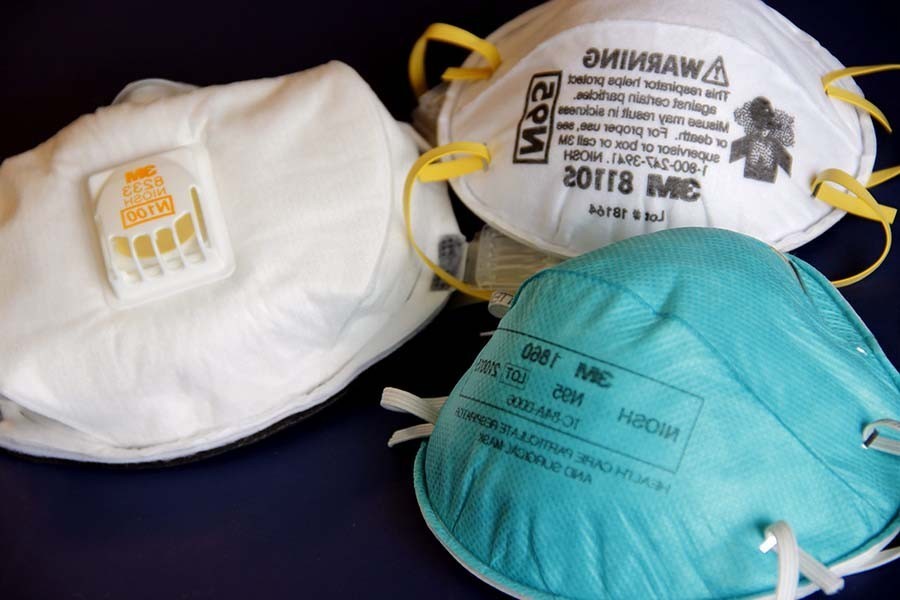
Published :
Updated :

Personal protective equipment and products like hand-washing soaps and sanitisers, face masks, gloves, protective spectacles and clothing suddenly become highly crucial for fighting deadly coronavirus across the world. While soaps are widely used by general people, the other things are usually used by medical caregivers and support staff like laboratory technicians.
Now, spread of coronavirus pushes the demand for all kinds of PPEs globally. The sudden jump in demand against the short supply creates a dire scarcity in the global market. Currently, China alone supplies around 18 per cent of PPEs to the rest of the world. It also supplies one-fourth of the world exports of face masks. The country, where the virus first originated, is now not in a position to raise supply as it is also affected by the deadly virus. Germany and the United States (US) supply around 13 per cent and 10 per cent respectively. These countries are also fighting the virus. The administration of President Donald Trump, however, shows that the US is not equipped to fight the deadly virus.
Bangladesh is also facing an acute shortage of PPEs. The country is largely import-dependent for most of the PPEs. Nevertheless, the latest report of the World Trade Organisation ((WTO) show that Bangladesh has imposed one of the highest average import tariffs on PPEs. It shows that while the global average import tariff on PPE is 11.5 per cent, the rate in Bangladesh is 19.80 per cent. It is unlikely that significant amount of PPEs will be imported from abroad when all countries are busy protecting their own citizens.
As demand increases, local producers come to supply some PPEs especially face masks and clothing. Different types of face masks are now available and most of those are not effective at all due to lack of quality. Some of these are made with hazardous particles and may cause allergy or even skin diseases. In fact, the country's standard setting and testing body doesn't provide any standardisation for face mask.
The PPE clothing is another issue where product quality and health safety have been compromised. Lack of clear instruction to maintain standards or absence of a set of guidelines makes the thing less useful and risky in most of the cases. Many people are, however, purchasing these clothing without knowing the risk factors associated with these sub-standard PPE. There is also no user guide.
Many doctors and nurses have already lodged complaints against the supply of poor quality of PPEs. In response, senior policymakers have instructed the authorities concerned to probe the allegation and ensure quality PPEs for the health caregivers who are now on the frontline of the war against Covid-19. This is a matter of concern, no doubt. In this critical period, ignoring the quality and standard of PPEs means exposing lives of the users to serious threat. A strong and clear guideline for PPE is necessary now.


 For all latest news, follow The Financial Express Google News channel.
For all latest news, follow The Financial Express Google News channel.